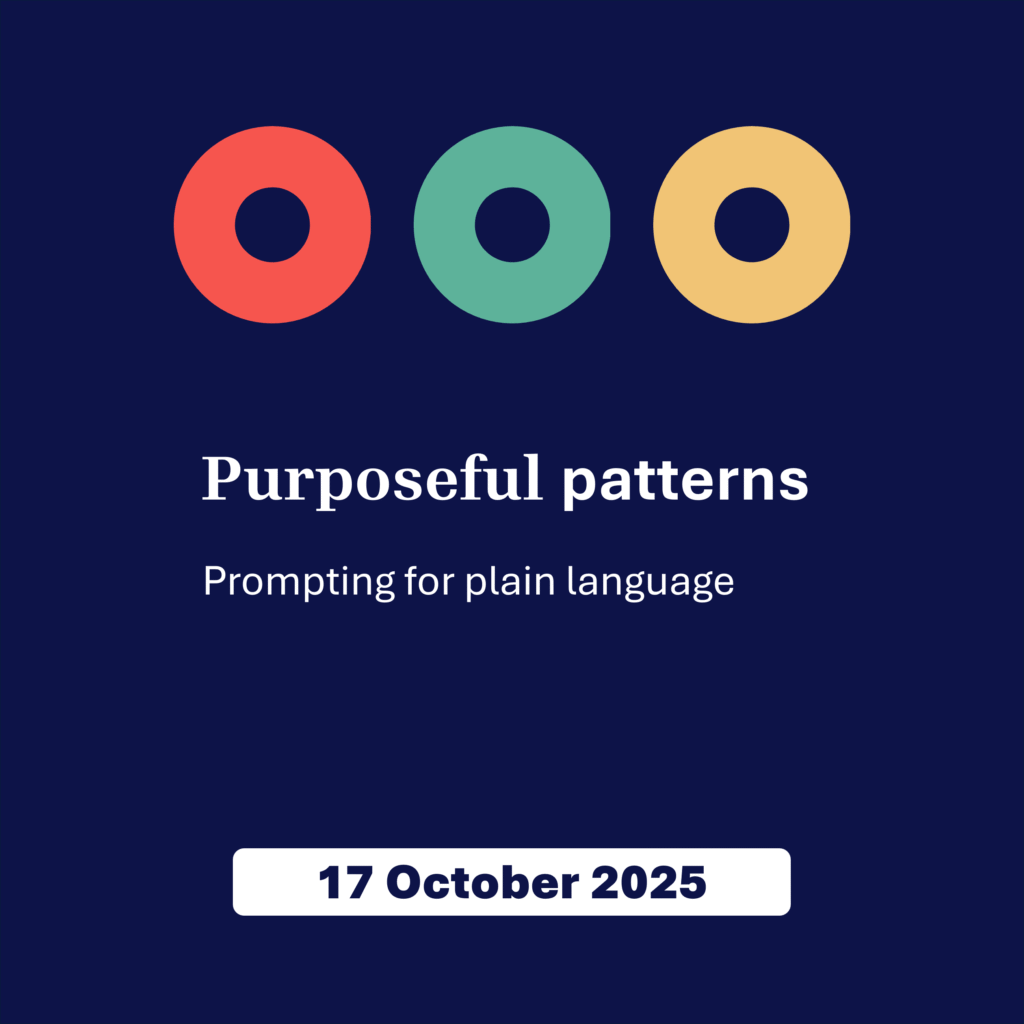The plain language standard: ISO 24495-1:2023
What is plain language?
Narratology follows the definition of plain language as it appears in the plain language standard.
Plain language is communication in which wording, structure and design are so clear that intended readers can easily find what they need, understand what they find, and use that information.
– ISO 24495-1:2023, clause 3.1
Plain language governing principles
The standard gives four governing principles:
- Principle 1: Readers get what they need (relevant).
- Principle 2: Readers can easily find what they need (findable).
- Principle 3: Readers can easily understand what they find (understandable).
- Principle 4: Readers can easily use the information (usable).
Four reasons why clarity wins
- Compliance with Consumer Duty and Financial Conduct Authority (FCA) regulations: Recent FCA guidance makes clear the importance of plain language for vulnerable customers. Firms who communicate clearly are likely to meet the Duty’s ‘consumer understanding’ outcome.
- Trust earned: Even highly qualified specialists prefer concise, transparent wording over jargon. Clarity boosts confidence in complex decisions. (nngroup.com)
- International consistency: National standards bodies worldwide have adopted the plain-language standard. It’s used in 14 languages and 21 countries. For example, South Africa published it as SANS 24495-1 in February 2024.
- Scalable with AI: The standard allows us to scale our efforts responsibly, in a structured way. Narratology has workflows and methods that apply to each principle of the governing standard.
How we help you reach the standard
Reaching the standard isn’t easy – it takes skills and tools.
Skills development in plain language, ISO 24495
Our ISO 24495 courses are unique in that they deal with plain language, accessibility and inclusive design. All these approaches are related so it’s important to learn about them together.
We also give our clients a workflow to meet all the standard’s principles.
Tools and generative AI
We don’t over-rely on AI but we use AI to scale our efforts. AI can be useful to:
- Refine content personas
- Use personas to identify content gaps
- Create user testing materials, and analyse results of user testing
- Discover familiar replacements for complex words and jargon
- Perform basic plain-language audits of criteria such as sentence length and active voice (AI cannot audit all elements of the ISO standard)
- Check consistency of content in multiple formats
- Customise plain-language training materials for your organisation

